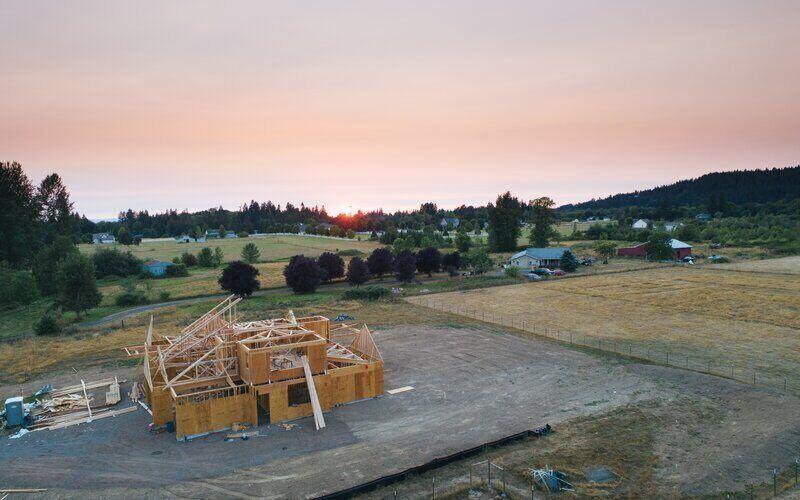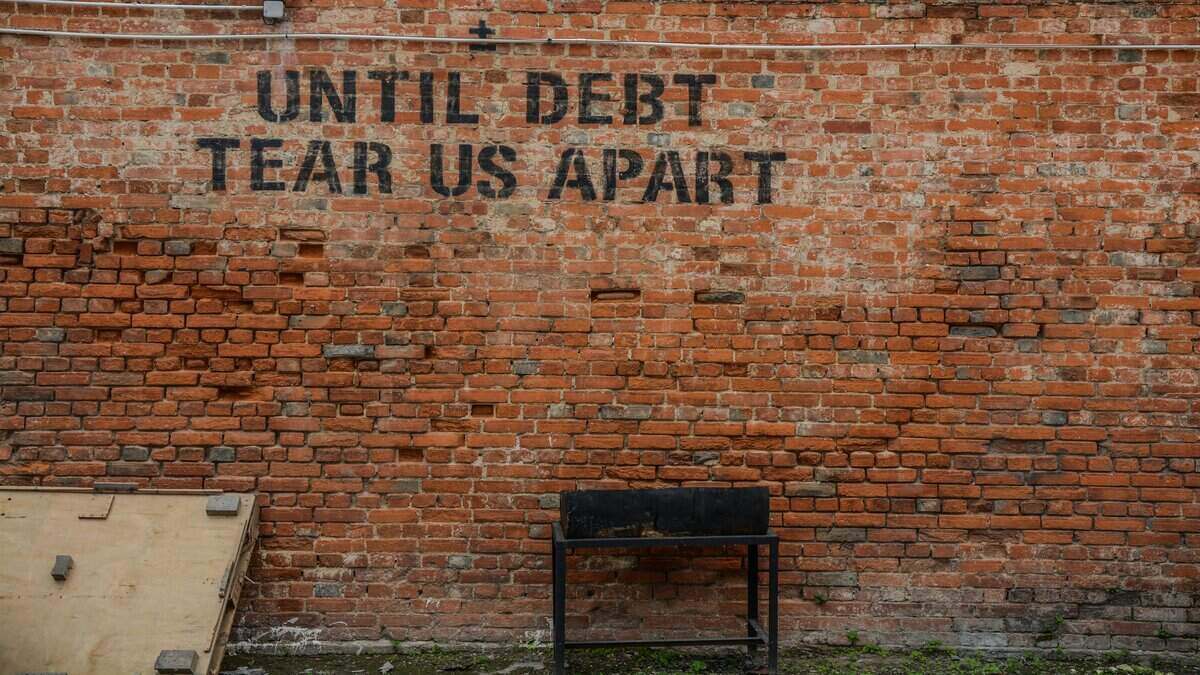The seasonally adjusted estimate for new residential construction projects approved in August was 13,647, a 7.0% increase from July.
Approvals for private sector houses rose 5.8%, while private sector dwellings excluding houses were up 9.4%.
August also saw a 9% increase to the number of new loans written for the construction of new dwellings, with the value of these loan commitments rising 1.4%.
In seasonally adjusted terms, new dwelling approvals rose in NSW (up 12.5%), Victoria (up 22.2%) and WA (up 12.3%), falling in Queensland (down 26.9%), SA (down 6.9%) and Tasmania (down 10.1%).
An uptake in new properties under construction can't come soon enough, with Australia in the midst of a housing shortage that looks set to get worse.
Elevated interest rates and high construction costs have seen building activity drop this year, just as Australia reaches near record levels of net migration.
The National Housing Finance and Investment Coorporation (NHFIC) expects we will be short more than 100,000 homes by 2027 if current trends continue.
A chronic undersupply of property has pushed prices up far beyond expectation in 2023, with CoreLogic reporting its home value index is on track to reach an all time nominal high by November, completely recovering from the record peak to trough decline that happened during the second half of 2022.
Will dwelling approvals rise fast enough?
One of the major factors that drove down building approvals was the pandemic-induced increases to construction costs.
In the July 2022 quarter, the CoreLogic Construction Cost Index (CCCI), which tracks the costs involved with building a typical new home, rose 11.9%, the highest annual increase in record.
In recent months though, the pressure on construction costs looks to have eased.
For the July '23 quarter, the CCCI rose 8.4%, the lowest increase since December 2021, which CoreLogic Construction Cost Estimation Manager John Bennett said was more in line with long term averages.
"The index figures will bring some comfort and reassurance to the beleaguered building and construction industry," Mr Bennett said.
"Overall there's a softening and stabilisation within products such as metal and timber prices."
This has likely influenced the growth in dwelling approvals, but high interest rates remain a significant constraint on demand, with movement looking unlikely for the forseeable future.
The RBA is widely expected to once again hold rates steady at 4.10% later today, but most economists agree it will be a while before we see any cuts to the highest cash rate since April 2012.
In seasonally adjusted terms, the number of loans for the construction of new properties is increasing (up 1.4% from July to August), but remains 33.7% less than the same time last year.
Compounding the problem are the various major builders who have already gone under or into administration this year.
Recent times have seen a big increase in the rate that construction project jobs are cancelled, with banks becoming strict about financing projects agreed on before construction costs and interest rates blew out.
Harmac, Porter Davis, A1A Homes and Millbrook are all major names in the construction industry that have collapsed or gone into voluntary administration in the past 18 months.
Housing Industry Association (HIA) senior economist Tom Devitt says the long term building prospects don't look great, even if the cash rate were to be lowered.
"Weak new home sales, together with an elevated number of previous sales being cancelled, reinforce the expectation that Australia will see a decade-low level of home building next year," he said.
"Even a cut to the cash rate now would not produce a recovery in new house commencements until the second half of 2024."
Image by Avel Chuklanov via Unsplash

Ready, Set, Buy!
Learn everything you need to know about buying property – from choosing the right property and home loan, to the purchasing process, tips to save money and more!
With bonus Q&A sheet and Crossword!



 Harrison Astbury
Harrison Astbury
 Harry O'Sullivan
Harry O'Sullivan









